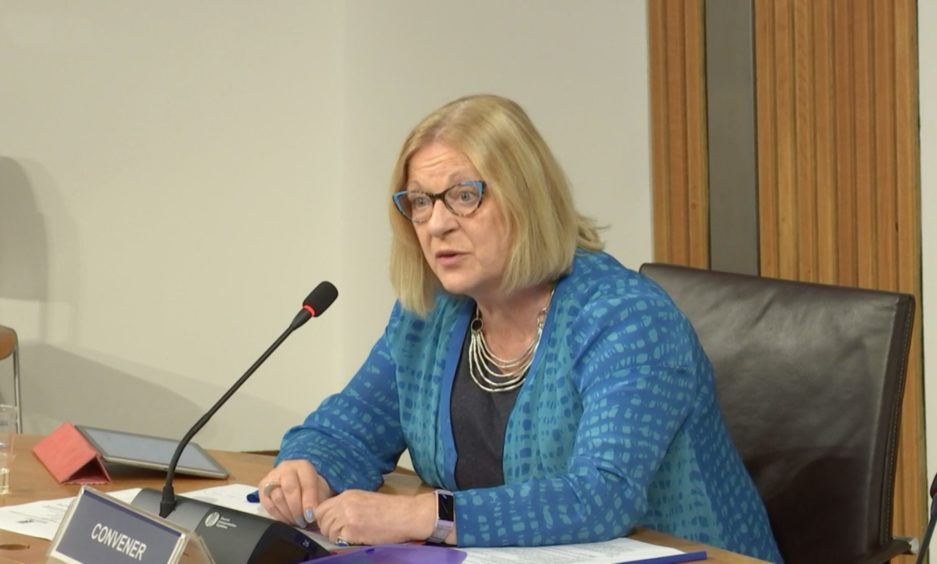Complainants against Alex Salmond did not intend to make reports to the police when they initially contacted the Scottish Government, an inquiry has heard.
MSPs investigating the Holyrood government’s handling of allegations against the former first minister heard on Tuesday from Judith Mackinnon, the civil servant who led the government’s internal investigation into the complaints.
Committee members questioned the official, who is head of people advice at the government, about being asked to “sound out” the complainers about reporting to the police.
Murdo Fraser MSP asked: “Would it be fair to say that the complainants were reluctant themselves to report to the police?”
Ms Mackinnon said: “You could say that. I don’t think it had been their intention, when they initially had come forward, to do that.”
Asked if it would be fair to say the matter would not have gone to the police had the Scottish Government not reported it, she replied: “I can’t say that for sure.”
Committee convener Linda Fabiani later questioned the official on whether it would be common for complainants to be reluctant to make a report to the police.
Ms Mackinnon said: “I can’t imagine it would be an easy thing to do, at all. I can’t speak for the individuals but I can’t imagine for one minute it would be an easy thing to do.”
She added: “As the policy states, the Scottish Government may consider making a referral to the police if they consider if there is potentially something criminal has happened, and that is exactly what happened in the end.
“But I think before that decision was made, there was obviously considerable information and facts gathered about the complainers’ experience.
“And with all the evidence that was finally produced for the deciding officer’s report, that decision was obviously felt to be the right one.”
Government criticised over late submission
The committee was established after Mr Salmond objected to the way the complaints had been handled and took successful civil legal action against the government he used to lead.
A judicial review found that the process had been “tainted with apparent bias”, an outcome that led to Mr Salmond being paid more than £500,000 in taxpayers’ cash to meet his legal costs.
Earlier on Tuesday, Ms Fabiani criticised the Scottish Government for submitting 300 new documents to the committee on Monday evening, because they could not be processed in time for Tuesday’s meeting.


